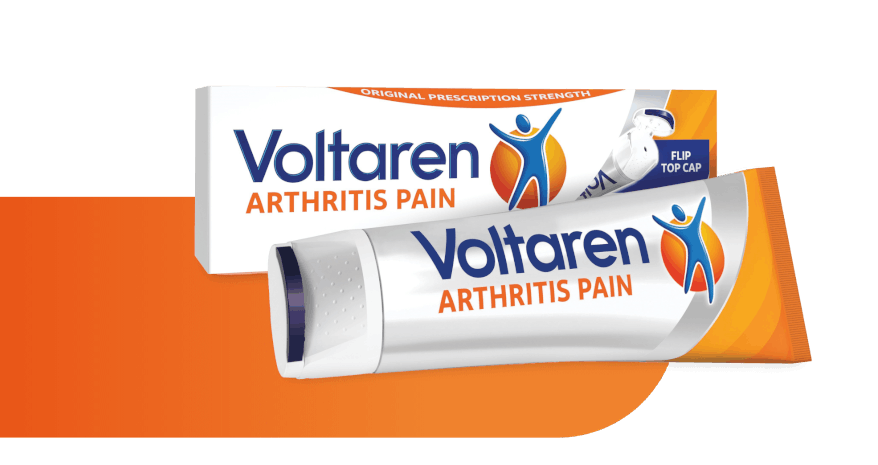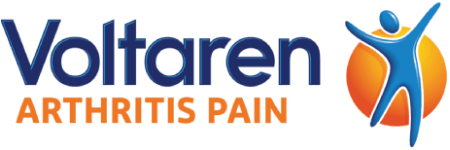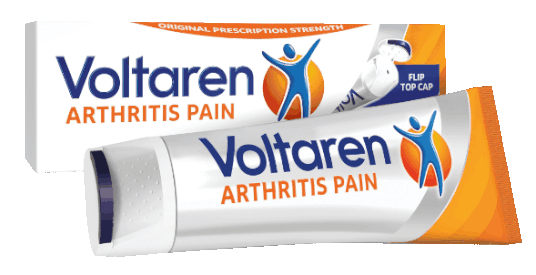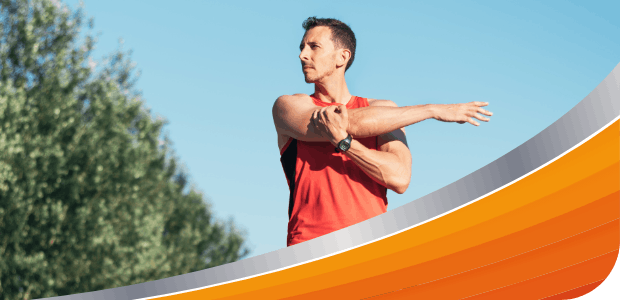Morning Routine for Arthritis Relief
/morning%20routine%20-%20image.jpg?auto=format)
It can be hard to start your day on the right foot if your feet, knees, or joints are aching when you first wake up. Waking up with stiff or painful joints can be irritating and make it harder to get ready in the morning. Morning stiffness is a common symptom of osteoarthritis, which is caused by wear and tear on the joints. It usually lasts less than an hour and may return after periods of activity.1 Having to deal with morning joint stiffness along with your daily responsibilities is no fun, but you can help minimize the discomfort by adding a few extra steps to your morning routine. Read more to learn about common morning arthritis symptoms and how you can adjust your morning routine to treat them.
What is Morning Joint Stiffness?
Waking up with stiff or painful joints is often associated with aging, but that may not be what’s causing it. Morning joint stiffness or pain is a common condition experienced by individuals with osteoarthritis or rheumatoid arthritis.2 As you age, your joint linings produce less synovial fluids to keep the joints lubricated, causing the spongy cushion of cartilage in your joints to dry out and stiffen.1 Getting a full night’s rest feels great and is beneficial to your health, but it also means that your joints are not moving for a long period of time. Staying active and keeping your joints moving is the key to reducing many arthritis symptoms, so inactivity for 6-8 hours while resting is the reason why you feel stiffness and pain in the morning.2
Even if the pain and stiffness lasts for a short period of time, it’s better to find ways to relieve the pain than it is to wait it out. There is no good way to prevent your joints from feeling stiff in the morning, but you can reduce the severity and frequency of this condition by taking some extra steps to treat it once you wake up.1
Making a Morning Routine for Arthritis Pain Relief
Following a regular morning routine is a great way to start your day. You can help relieve your morning joint pain with a few simple activities, so dedicate a couple minutes of your routine to pain relief. These activities can benefit you in other ways, so it doesn’t hurt to give them a try!
Using Heat
Applying heat to your aching joints can temporarily relieve the pain.3 Taking a hot shower is the easiest way to warm up your joints and start your day feeling fresh. If you prefer to shower at night, you can just apply heating pads on the areas you feel pain for about 20 minutes at a time.3 Using heating pads for extended periods of time can lead to burns, so be mindful of how long you are using heat for. Heated blankets are also an easy way to get some heat on your aching joints in the morning. If you own a heated blanket, turn it on a few minutes before getting out of bed in the morning. If you are feeling pain in your feet, throw on some shoes with cushioned soles or slippers to keep them warm when you need to move around.2
Stretching
Take some time to do a few gentle stretches, and try to move your joints through their entire range of motion.3 It may feel a little uncomfortable at first, but the key to relieving arthritis pain is to keep your joints mobile. Most stretches are simple enough that they don’t require you to leave your bed. Bend your fingers, toes, hips and knees repeatedly and move your feet and hands in a circular motion to warm them up.2
Exercising
Exercise is one of the best ways to relieve the pain and stiffness in your joints. Movement can decrease your pain and joint stiffness and improve your range of motion if you suffer from arthritis.3 Exercise is also great for arthritis because it can help with weight management. Being overweight can contribute to arthritis pain and increase complications.3 It may not seem fun to exercise when your joints are stiff and hurting, but a few minutes of moderate exercise can make a difference in the long term.
Exercise keeps your muscles and surrounding tissue strong; weak supporting muscles will add more stress to your joints.4 Not only is exercising in the morning good for relieving your joint pain, but it can also give you more energy to keep you going throughout the day.4 Try low impact exercises like biking, swimming, or walking, and make sure to move gently so you’re not overdoing it.4 Even a quick walk around the block or doing a simple chore that involves movement are good ways to keep your joints active. If your joints are still aching or feel swollen after your workout, apply ice as needed.4
Taking Pain Medications
Over-the-counter pain medications can provide you with relief to help you get started with your day.3 You can try pain relief tablets or topical creams like Voltaren Arthritis Pain Gel to treat your arthritis pain in the morning. Voltaren is a non-steroidal anti-inflammatory (NSAID) gel that is clinically proven to reduce stiffness and relieve arthritis pain. Unlike oral pain medications, Voltaren can be applied onto the areas where you feel joint pain or stiffness and is absorbed through the skin. Use the enclosed dosing card to ensure that you are using the right amount of gel.
By dedicating a few minutes of your morning routine to movement and proper treatment techniques, you can start your day with less arthritis pain and feel better. Learn more about living with arthritis on the Voltaren webpage.
2.
See How Voltaren Can Help
Save Money on Your Next Purchase.
Feel The Joy Of Movement
No matter the day, the hour, or what you’re doing, embrace the joy of movement with the help of specialized products from Voltaren: powerful gel for arthritis pain † or drug-free, dietary supplements for healthy joints.*

For Arthritis Pain Relief

For Healthy Joints*
†Use as directed. Voltaren is approved for treatment of arthritis pain.
Dietary supplements from Voltaren are not intended to treat arthritis pain.
*These statements have not been evaluated by the Food and Drug Administration. These products are not intended to diagnose, treat, cure or prevent any disease.



